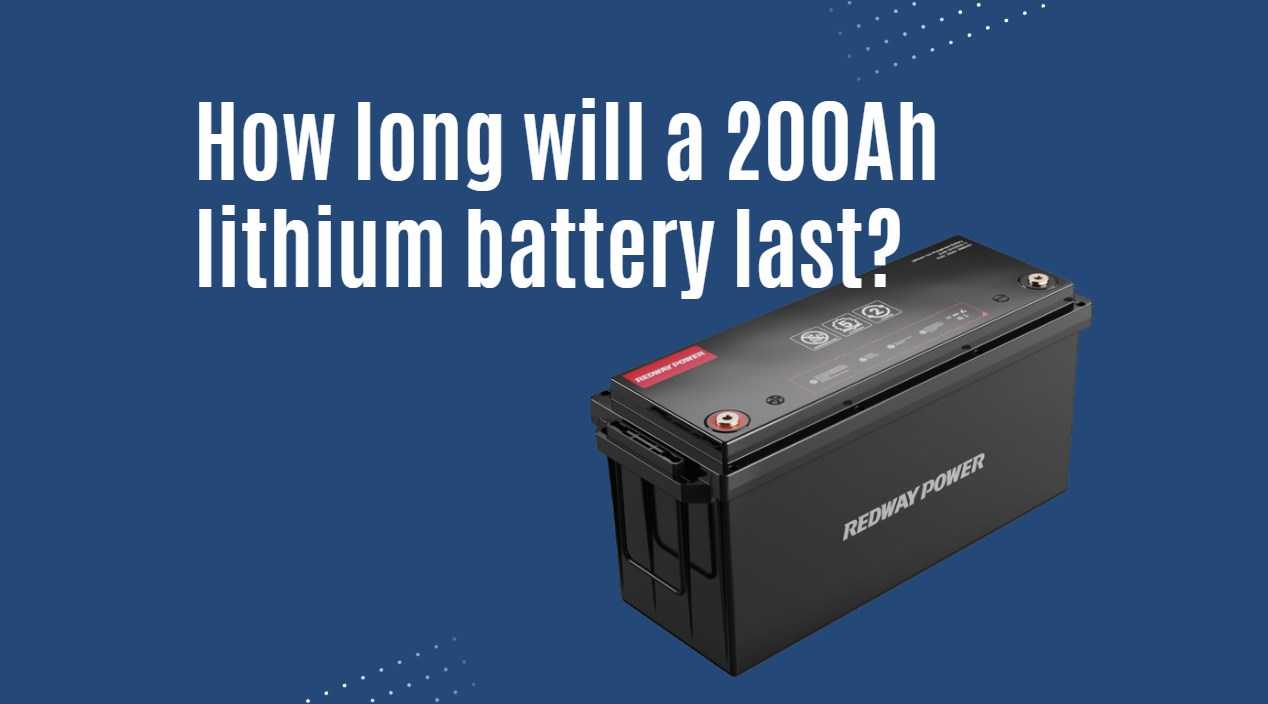Solar Powered Battery, Comprehensive Guide
A solar powered battery stores energy generated from solar panels, allowing users to harness solar energy for use during non-sunny periods, such as at night or during power outages. These batteries are essential for maximizing the efficiency of solar energy systems.
Understanding Solar Batteries
Solar batteries are integral components of solar energy systems, designed to store excess energy produced by solar panels. This stored energy can be used when sunlight is not available, ensuring a continuous power supply.
How Solar Batteries Work
- Energy Capture: When sunlight hits the solar panels, it generates direct current (DC) electricity.
- Storage Process: This electricity flows into the solar battery, where it is stored as chemical energy.
- Power Delivery: When needed, the stored energy is converted back into DC electricity and supplied to power homes or businesses.
Types of Solar Batteries
Solar batteries come in various types, each with unique characteristics:
- Lead-Acid Batteries:
- Description: Traditional battery type, commonly used in off-grid systems.
- Pros: Lower initial cost and widely available.
- Cons: Heavier, shorter lifespan (200-500 cycles), and requires maintenance.
- Lithium-Ion Batteries:
- Description: The most popular choice for modern solar systems.
- Pros: Longer lifespan (2000-5000 cycles), lightweight, and faster charging.
- Cons: Higher upfront cost.
- Nickel-Cadmium (NiCd) Batteries:
- Description: Known for their durability and ability to perform in extreme temperatures.
- Pros: Long cycle life and robust performance.
- Cons: Environmental concerns due to cadmium content.
- Flow Batteries:
- Description: Large-scale storage solutions ideal for commercial applications.
- Pros: Long lifespan and scalable capacity.
- Cons: High initial investment and larger physical size.
Choosing the Right Solar Battery
When selecting a solar battery, consider the following factors:
- Capacity:
- Evaluate your daily energy needs to choose a battery with sufficient storage capacity. For example, if your household uses 30 kWh daily, select a battery that can accommodate this demand.
- Lifespan:
- Look for batteries with longer lifespans to maximize your investment. Lithium-ion batteries typically last longer than lead-acid options.
- Depth of Discharge (DoD):
- Higher DoD values allow you to use more of the battery’s capacity without affecting its lifespan negatively. Aim for batteries with a DoD of 80% or higher.
- Efficiency:
- Choose batteries with high efficiency ratings to ensure minimal energy loss during charging and discharging processes.
- Compatibility:
- Ensure that the battery is compatible with your existing solar system components, including charge controllers and inverters.
Installation and Maintenance
Installation Process
- Location Selection:
- Choose a suitable location for the battery, ideally indoors or in a shaded outdoor area to protect it from extreme temperatures.
- Electrical Wiring:
- Follow electrical codes and safety guidelines when wiring the battery to your solar system’s components.
- Commissioning:
- After installation, initialize the battery according to the manufacturer’s instructions and conduct performance tests.
Maintenance Tips
- Regularly check connections for corrosion or wear.
- Monitor battery voltage and temperature during operation.
- Keep the area around the battery clean and free from obstructions.
Latest Trends in Solar Battery Technology
- Advancements in lithium-ion technology continue to improve performance metrics such as energy density and charging speed.
- Smart technology integration allows for real-time monitoring of battery health and performance.
- Research into solid-state batteries promises enhanced safety and longevity compared to traditional lithium-ion cells.
Conclusion
Solar powered batteries are essential for optimizing solar energy systems, providing reliable power storage for homes and businesses. By understanding the types available, factors influencing selection, installation practices, and maintenance requirements, users can make informed decisions that enhance their energy independence and sustainability efforts.


